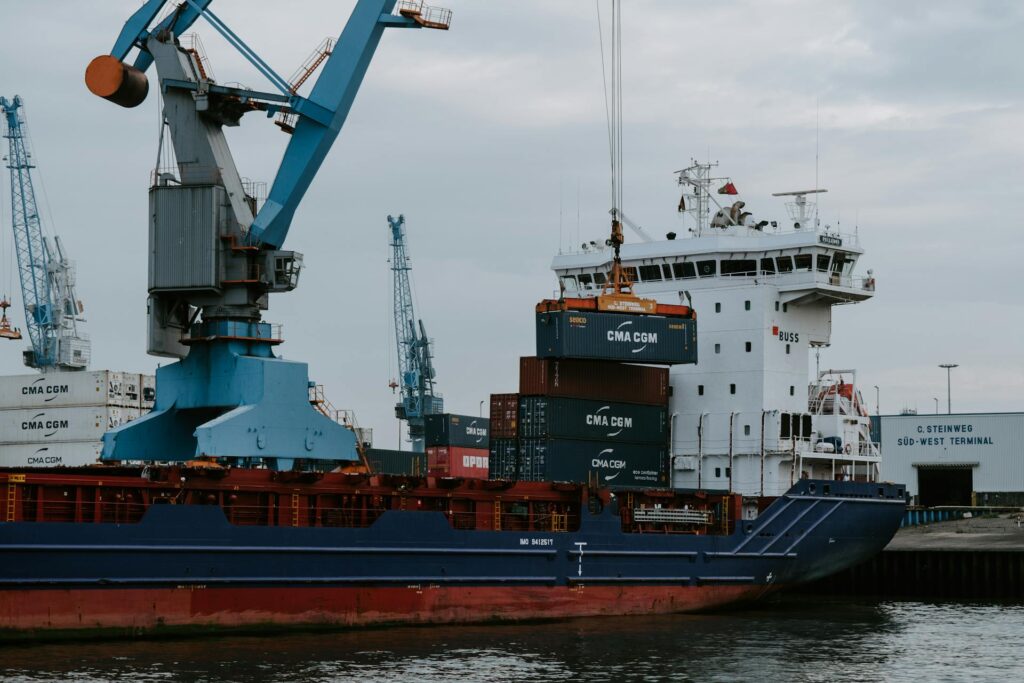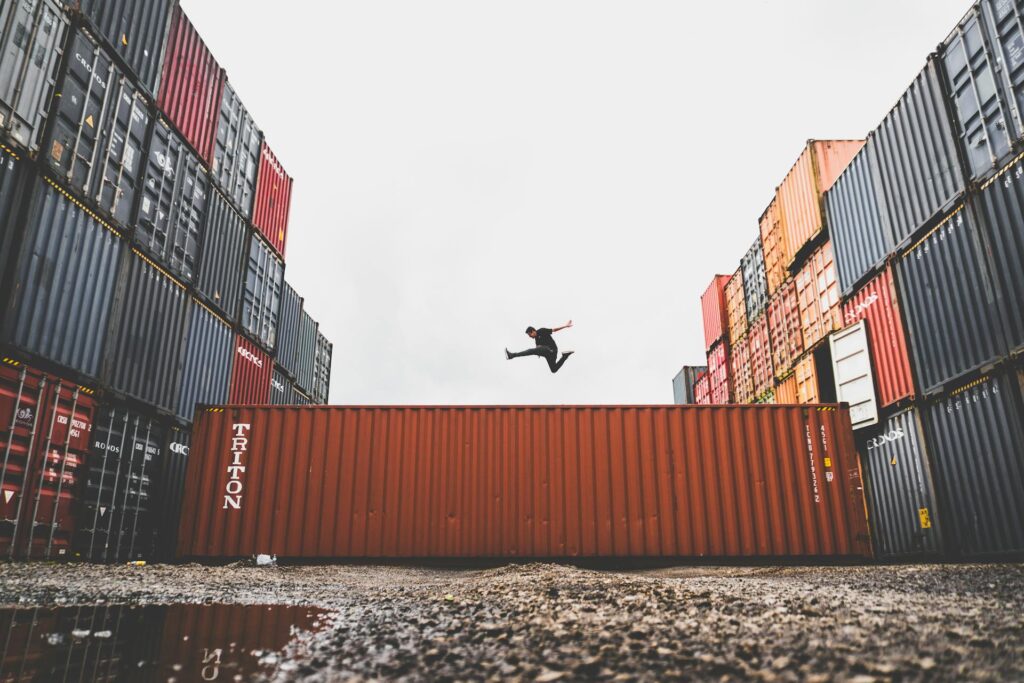
In today’s globalized trade environment, the smoothness of international cargo transportation plays a crucial role in the economic development and material circulation of various countries. However, with the continuous changes in the international situation, transportation channels often face various challenges and adjustments. In December 2024, the border situation between Pakistan and China became increasingly tense, which had a significant impact on the transportation of goods between the two countries, especially the transportation of pure battery goods.
The closure of land transportation ports means that there are only two choices left for transporting goods from China to Pakistan: shipping and air transportation. For enterprises and individuals who need to ship goods to Pakistan, this is undoubtedly a huge challenge. Especially for the transportation of pure battery goods, there are many difficulties.
Pakistan has always had a great demand for pure battery goods. In the past, in addition to shipping, land transportation was also an important transportation method. However, with the changes in the border situation and the increase in tariffs on pure battery goods, currently only a few shipping channels can transport battery goods to the local area with double-clearance and tax-included services.
So, why is the transportation of pure battery goods so greatly affected? First of all, pure battery goods are sensitive goods and have certain dangers. Pure batteries themselves cannot be subjected to violent collisions, otherwise there is a risk of explosion. This puts extremely high demands on safety during transportation. When transporting pure battery goods, strict packaging and protective measures must be taken to ensure the safety of the goods.
For example, for lithium-ion batteries, special packaging materials such as fireproof and explosion-proof packaging containers need to be used to prevent short circuits, overheating, and other situations during transportation. At the same time, the batteries need to be fixed to prevent them from moving and colliding during transportation.
Secondly, the road conditions for land transportation from China to Pakistan are not very good in the Pakistani section. There are many bumps during land transportation, and collisions between goods are easy to occur. This is undoubtedly a huge safety hazard for pure battery goods. Once a collision occurs, an explosion may be triggered, which will not only cause the loss of goods but also may endanger the lives and safety of personnel.
Even if the land transportation channel is smooth, it is not recommended to choose land transportation for transporting pure battery goods. Because in this case, the safety of pure battery goods still cannot be guaranteed. In contrast, choosing sea transportation is a safer transportation method.
Although sea transportation takes a relatively long time, it is relatively stable during the transportation process. The placement and fixation of goods on board are usually more standardized, reducing the possibility of collisions between goods. Moreover, shipping companies usually have stricter safety measures and management regulations, and they will be more cautious about the transportation of sensitive goods.

In addition, sea transportation can also be carried out in a double-clearance and tax-included manner. For enterprises and individuals, this can reduce a lot of cumbersome procedures and costs. Under the current circumstances, a few shipping channels can provide this service, which is undoubtedly a good choice for those who need to transport pure battery goods.
However, sea transportation is not without disadvantages. The transportation time of sea transportation is relatively long, which may affect the timely supply of goods. For some urgently needed goods, it may not be able to meet the time requirements. In addition, sea transportation may also be affected by factors such as weather and shipping routes, resulting in uncertainties in transportation time.
So, when choosing a transportation method, how should we weigh the pros and cons? First of all, we need to consider the urgency of the goods. If the goods are urgently needed, then air transportation may be a better choice. Although air transportation is more expensive, the transportation time is short and can meet urgent needs. If the goods are not very urgent, then sea transportation is a more economical and practical choice.
Secondly, we need to consider the value and importance of the goods. For goods with higher value or greater importance, we may be more inclined to choose a transportation method with a higher safety factor. In this case, sea transportation may be a better choice because it is relatively safe and stable.
Finally, we need to consider transportation costs. Different transportation methods have different costs, and we need to choose according to our actual situation. Sea transportation usually has a lower cost but a longer transportation time; air transportation has a higher cost but a shorter transportation time. We need to comprehensively consider factors such as the urgency, value and importance of the goods, and transportation costs to choose the transportation method that is most suitable for us.

In short, under the current tense border situation between Pakistan and China, the transportation of pure battery goods is facing many challenges. The closure of land transportation ports leaves only two transportation choices: shipping and air transportation. For pure battery goods, due to their sensitivity and danger, land transportation is not recommended. Although sea transportation takes a relatively long time, it is relatively safe and stable, and it can be transported in a double-clearance and tax-included manner.
When choosing a transportation method, we need to comprehensively consider factors such as the urgency, value and importance of the goods, and transportation costs to choose the transportation method that is most suitable for us. Only in this way can we ensure the safe transportation of pure battery goods and meet the market demand in Pakistan.





